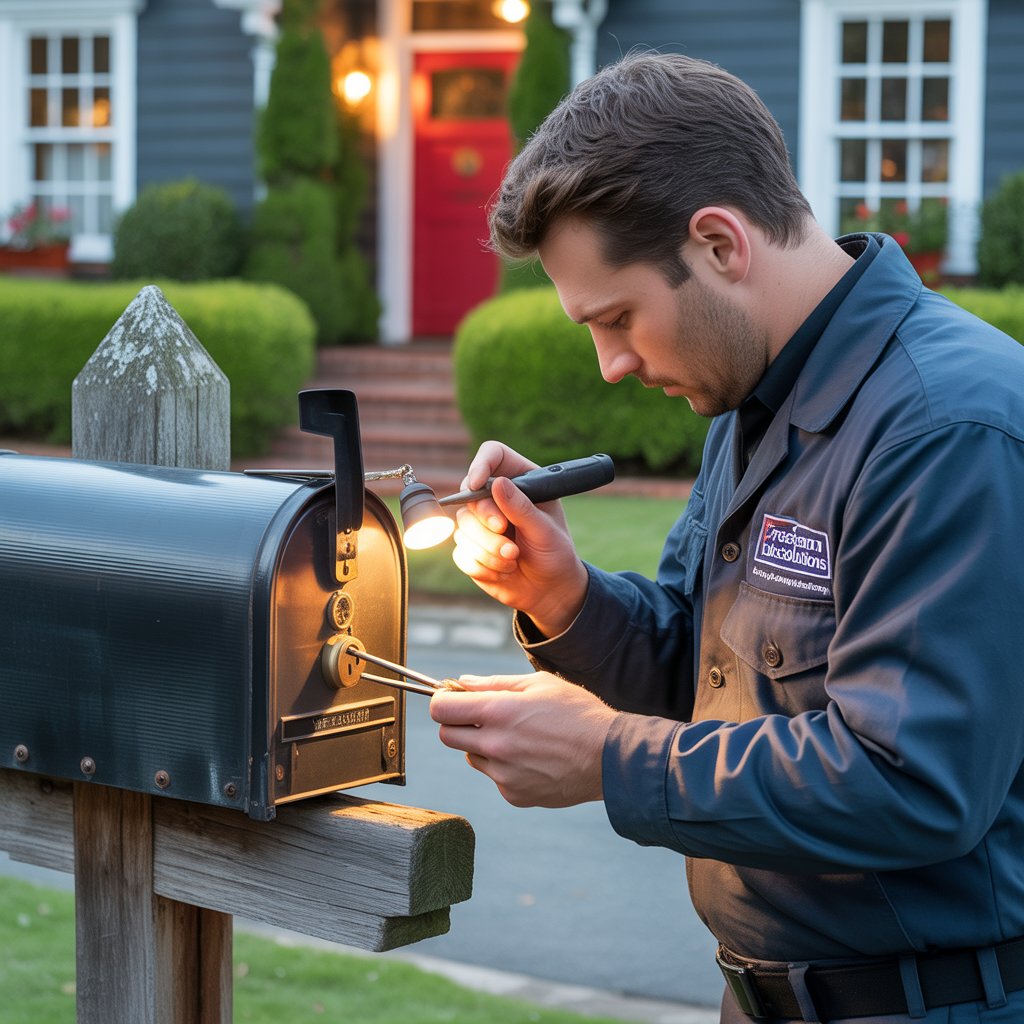With the increasing demand for digital health tools, Patient Access-like healthcare apps have emerged as powerful platforms enabling users to book appointments, view health records, order prescriptions, and communicate with clinicians. However, building such apps comes with significant legal and regulatory responsibilities. Ensuring compliance is not just about avoiding penalties—it’s critical to maintaining patient trust and safeguarding sensitive health information.
This article explores the key Compliance Requirements for Patient Access-like Healthcare App developers must meet.
1. HIPAA (Health Insurance Portability and Accountability Act)
Region: United States
HIPAA is the most critical regulation for any healthcare app operating in or serving users in the U.S. It ensures the privacy, security, and availability of Protected Health Information (PHI). For a Patient Access-like healthcare app, this means:
-
Data Encryption: All PHI stored or transmitted must be encrypted.
-
Access Controls: Only authorized users should have access to health data.
-
Audit Trails: Apps must maintain logs of who accessed what data and when.
-
Data Backup & Recovery: PHI must be regularly backed up and recoverable in case of failure.
Failure to comply with HIPAA can result in severe penalties ranging from thousands to millions of dollars per violation.
2. GDPR (General Data Protection Regulation)
Region: European Union
If your app targets EU citizens, GDPR compliance is mandatory. The regulation governs the collection, use, and processing of personal data, including health-related information. Key provisions include:
-
Informed Consent: Users must explicitly consent to the processing of their health data.
-
Right to Access and Erasure: Users can request to view or delete their personal data.
-
Data Minimization: Only the minimum necessary data should be collected.
-
Data Protection Officer (DPO): Required for companies processing large volumes of sensitive data.
Fines for GDPR non-compliance can reach up to €20 million or 4% of annual global turnover.
3. HITECH Act (Health Information Technology for Economic and Clinical Health)
Region: United States
An extension of HIPAA, the HITECH Act strengthens the enforcement of HIPAA rules and encourages the adoption of electronic health records (EHR). Apps like Patient Access that interact with EHR systems must:
-
Use interoperable formats (e.g., HL7, FHIR).
-
Notify users and the authorities in case of data breaches.
-
Facilitate meaningful use of EHR technology, enabling efficient and secure information exchange.
4. CCPA (California Consumer Privacy Act)
Region: California, USA
If your healthcare app services California residents, CCPA imposes similar responsibilities to GDPR. The act provides consumers with the right to:
-
Know what personal data is collected.
-
Request deletion of their data.
-
Opt-out of data sales.
-
Receive equal service even if they exercise privacy rights.
Although it focuses more on consumer data, health apps fall under its scope if they handle personal user data.
5. NHS Digital & UK Data Protection Act
Region: United Kingdom
For apps like Patient Access operating in the UK, developers must comply with NHS Digital guidelines and the UK Data Protection Act 2018, which aligns with GDPR principles. Requirements include:
-
NHS DSP Toolkit Certification: Self-assessment tool for data security standards.
-
UK-GDPR Compliance: Similar to EU-GDPR but tailored for UK governance.
-
Clinical Safety Standards (DCB0129/DCB0160): Applicable for apps impacting clinical decision-making.
6. FDA Regulations for Mobile Health Apps
Region: United States
If the app performs functions that classify it as a medical device (e.g., diagnostic tools), it must undergo FDA scrutiny. For general patient management apps like Patient Access, FDA oversight may not apply—but developers must ensure they:
-
Avoid misleading health claims.
-
Clearly define the scope of use.
-
Notify users that the app is not a replacement for professional diagnosis.
7. Interoperability and FHIR Compliance
Patient Access-like apps often integrate with external health systems and providers. To facilitate this:
-
The app must comply with HL7 FHIR (Fast Healthcare Interoperability Resources) standards.
-
Support standardized data exchange formats for medical records, lab results, immunizations, etc.
-
Ensure compatibility with third-party APIs such as Apple Health, NHS Spine, or hospital EHR systems.
8. Cybersecurity Compliance (NIST, ISO 27001)
Healthcare apps are prime targets for cyberattacks. To mitigate risks, developers should align with cybersecurity frameworks such as:
-
NIST (National Institute of Standards and Technology) Cybersecurity Framework
-
ISO/IEC 27001 for Information Security Management
-
Regular penetration testing, secure authentication mechanisms (2FA), and vulnerability patching.
9. App Store Compliance and Certifications
Beyond regulatory compliance, healthcare apps must meet platform-specific guidelines for publishing:
-
Apple App Store & Google Play: Require app privacy policies, user consent disclosures, and adherence to healthcare app standards.
-
ISO 13485 (for Medical Devices): May be required for apps with hardware integrations or advanced clinical functionalities.
Conclusion
Developing a Patient Access-like healthcare app requires navigating a complex web of regional and global regulations. From HIPAA and GDPR to FHIR and NHS standards, compliance is not optional—it’s foundational. Investing in security, transparency, and legal due diligence ensures your app not only functions effectively but also earns the trust of users and providers alike.
As regulations evolve, continuous monitoring and updates are crucial. Partnering with experienced healthcare software developers who understand compliance landscapes can significantly reduce risk and accelerate your path to market.


